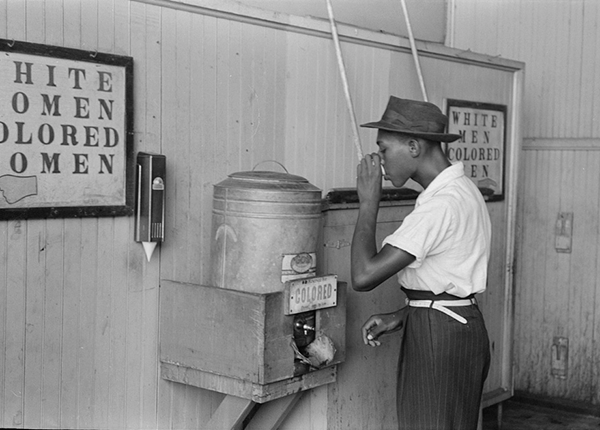Summary
In 1890, Louisiana passed a law segregating railroad cars within the state—separating African American passengers from white passengers. This law was a symbol of the collapse of African American civil and political rights and the rise of Jim Crow laws throughout the South in the late 1800s. Homer Plessy—an African American—challenged the law, arguing that it violated the Fourteenth Amendment’s Equal Protection Clause. However, the Supreme Court—in a 7-1 vote—upheld the Louisiana law, concluding that laws providing for “separate but equal” facilities for African Americans and white Americans were consistent with the Constitution. Over a half a century later, the Supreme Court would finally overrule the infamous Plessy decision in Brown v. Board of Education (1954).







